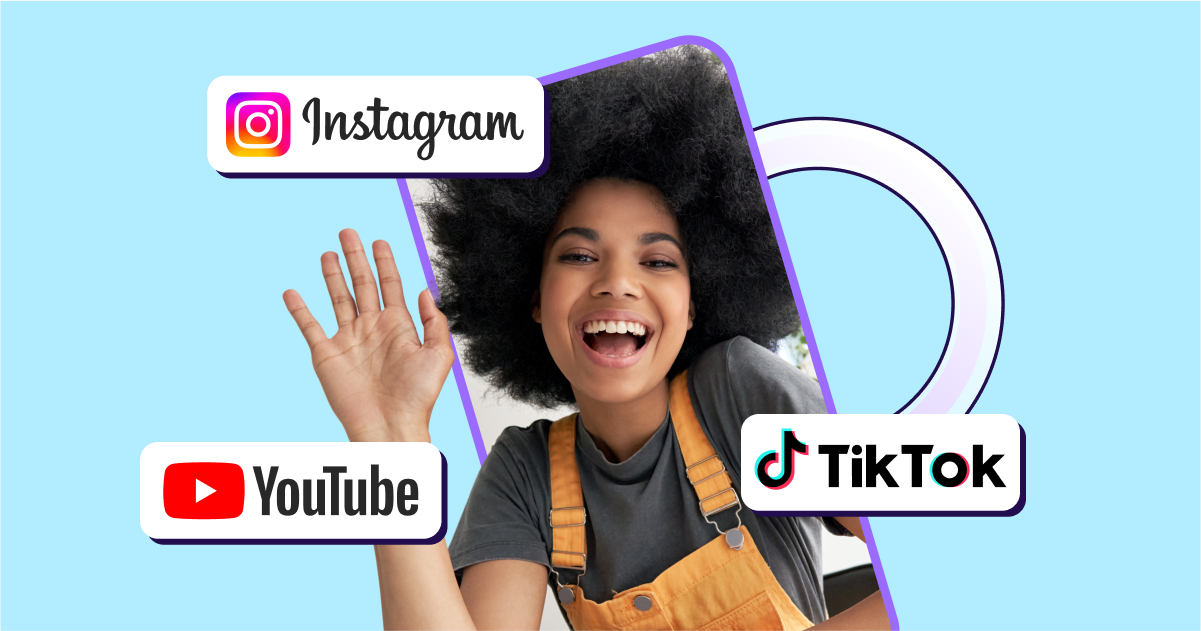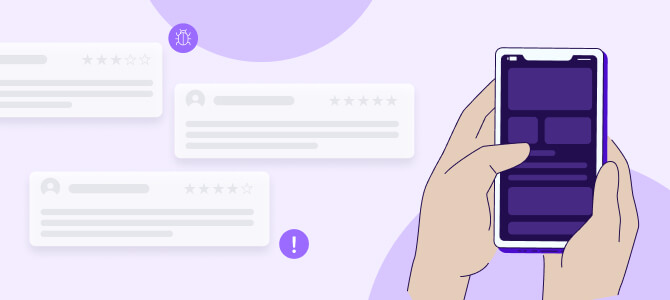
Dormant users
Dormant users are those who haven’t used your app in a while.
What are dormant users?

A dormant user is a user who was active in your app in the past but isn’t anymore.
The time of inactivity varies from app to app, as does the defined activity. For example, here’s how a banking app might define a dormant user:
- There’s been no activity for over 30 days.
- Activity means logging into the app.
On the other hand, a food-tracking app that wants to encourage daily food logging might define a dormant user this way:
- There’s been no activity for over a week.
- Activity means logging at least one item of food into the app.
For many companies, winning back dormant users is more cost-effective than acquiring new users. And even more cost-effective, of course, is proactively reaching out to users who are about to become dormant to keep them engaged. That’s why it’s important to understand who your dormant users are, why it’s happening and what you can do about it.
How do you identify a dormant user?
The first step in identifying dormant users is creating your criteria for what defines dormancy: the length of inactivity and what specific activity the user hasn’t been performing. These will vary from industry to industry and app to app.
What does “dormant” mean for your app?
Here are some questions to help you define dormancy for yourself:
- What period do you consider dormant: five days, one week, one month, or even longer?
- What distinguishes your most profitable users? In other words, how is their in-app activity different from your other users?
- How often do your profitable users use your app?
- What in-app activities do your most profitable users regularly perform?
Here’s an example: when reviewing your app’s data, you may notice that users who go on to buy a subscription typically log in at least five days during their free seven-day trial. Therefore, you could define a dormant user as someone with one day left in their seven-day trial but who has only logged in on four days (or fewer). Then you could approach these dormant users with a re-engagement campaign encouraging them to buy the subscription on day seven.
Why do users become dormant?
Once you’ve identified your dormant users, the next step is figuring out why they became that way in the first place. Could they be confused about how your app works? Did they get bored with your content? Or, have they just forgotten about you?
Look through data to find patterns in previously active users that became dormant. Review any previous communication between dormant users and your company. You may even want to see if periods of increased dormancy coincide with anything related to your vertical in the news cycle.
When you know why users become dormant, you can take a targeted approach to fix the issue.
Remember to identify dormant users regularly, in case any of the patterns have changed.
How do you win back dormant users?

By the seventh day after downloading an app, less than 7% of users are still around. So what can you do to retain them? Here are some general principles to increase your app’s stickiness, so users don’t go dormant.
First, ensure users have clear app-usage instructions as soon as a user logs in for the first time. Make it easy to find the help section, and keep the help section inside the app instead of directing users to your site.
Next, beyond making your users’ lives easier (of course), ensure your app reminds your users of how you’ve done this. For example, if your app has a time-saving element, consider adding an “X hours saved this week” message.
On an ongoing basis, review user feedback to see where you can improve the design to make it more appealing and consistent across devices. Additionally, ensure you regularly invest in new content so users see something fresh daily.

Finally, encourage off-app interaction, such as getting users to follow you on social media.
In addition to those general principles for preventing dormancy, there are many tactics you can use to re-engage (win back) dormant users. Here are some ideas:
- Deep-link your email subscribers to an in-app activity.
- Run an ad campaign to dormant users to get them back in the app.
- Implement push notifications on a campaign where users can win prizes if they log back in and perform an in-app action. Remember to use a deep link to send them to a specific in-app page, not just the app home page.
- Provide a discount or coupon toward the next purchase.
- Offer exclusive content in exchange for returning to your app.
- Send notifications of new features (even if a user has uninstalled your app, they may not have unsubscribed to your email list, in which case you can email them notifications of new features they’re missing out on).
- Try social proof: let dormant users know how many friends and family have joined the app since they left.
Key takeaways
- Dormant users are those who haven’t performed a specific activity within a defined amount of time.
- There is no one-size-fits-all definition of dormancy: regularly review your user data to determine what dormancy looks like for your app and why users become dormant.
- Ensure your app follows best practices for preventing dormancy, such as clear usage instructions, regular content updates, and design improvements based on user feedback.
- To win users back, you can implement re-engagement campaigns like push notifications, deep linking, and offering discounts and exclusive content for returning to the app.



